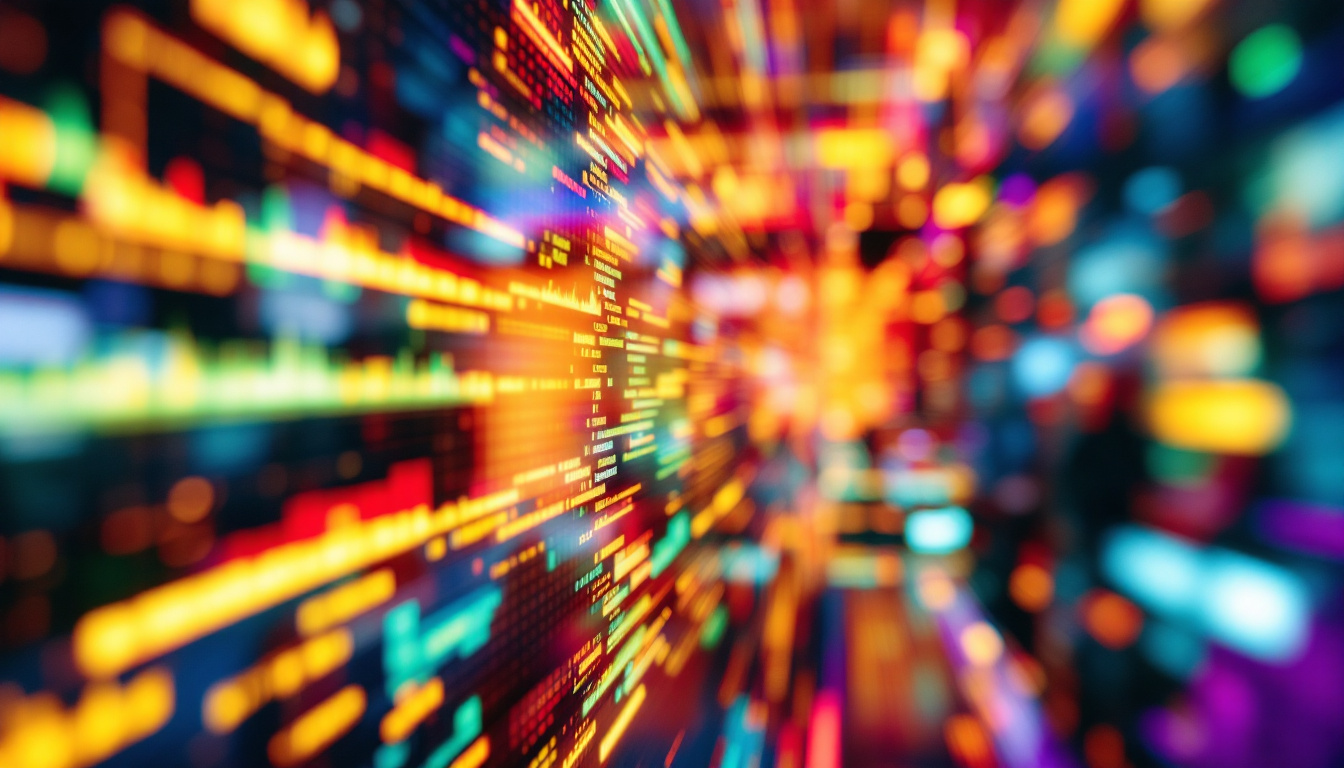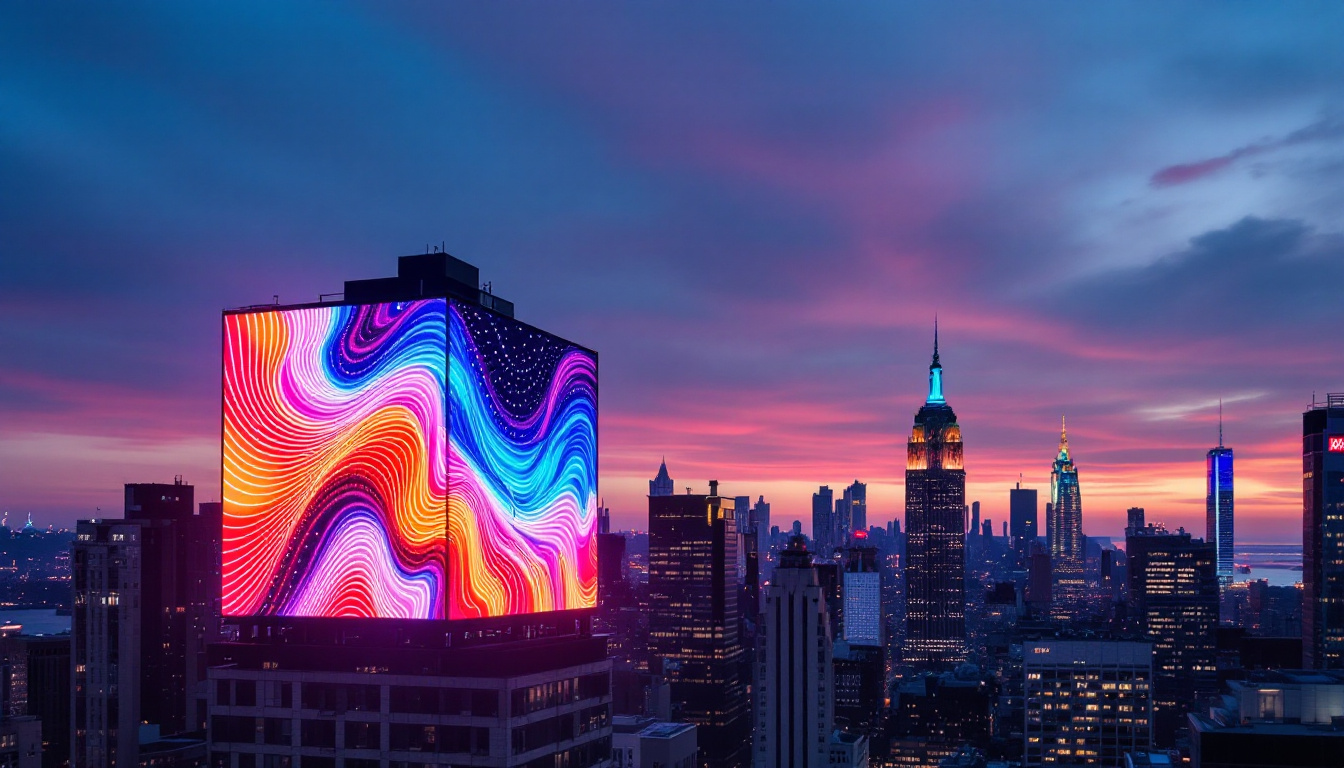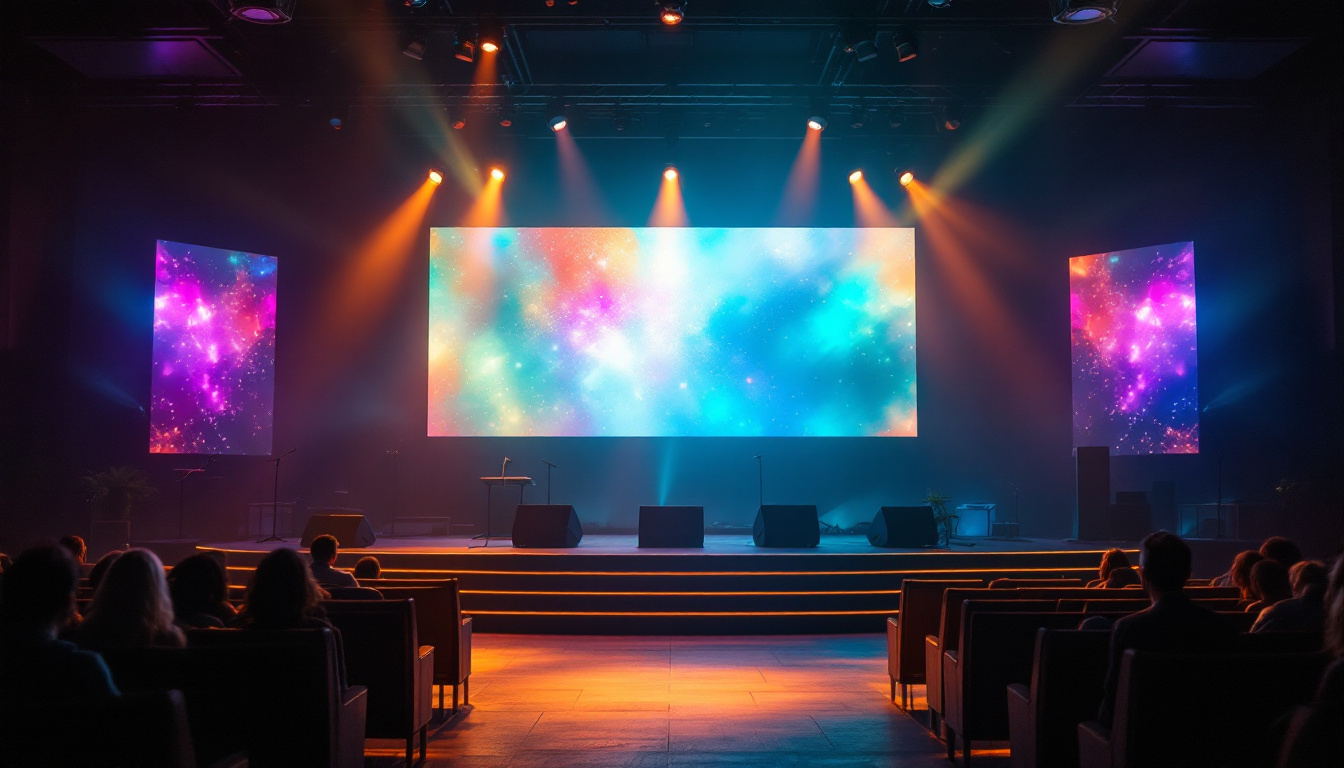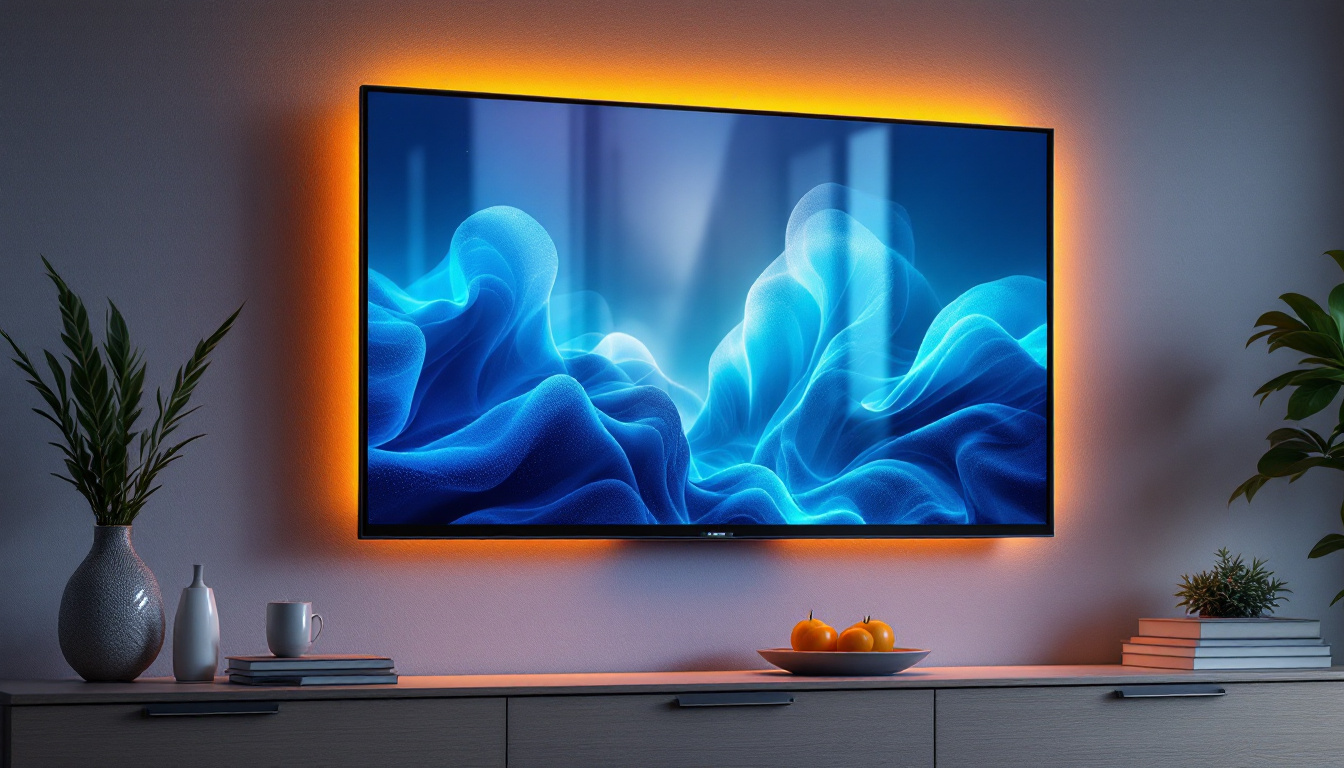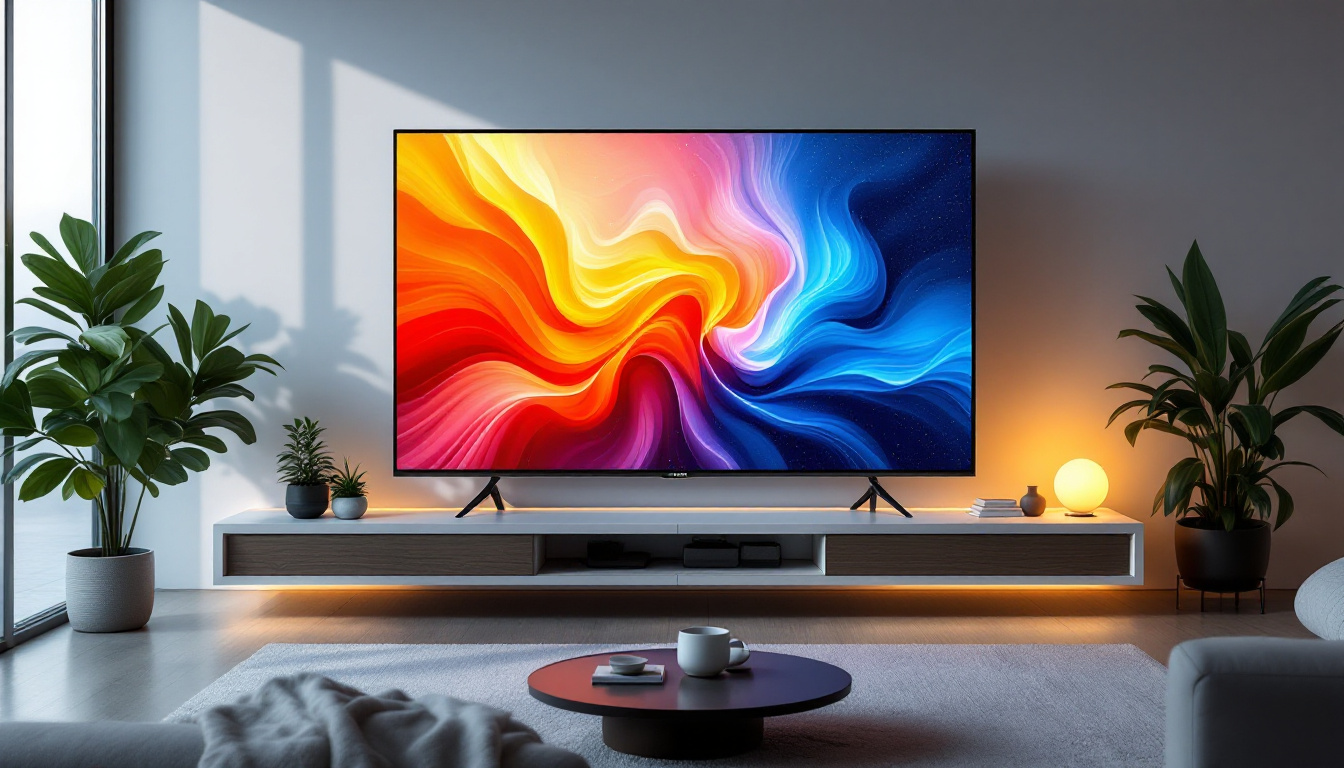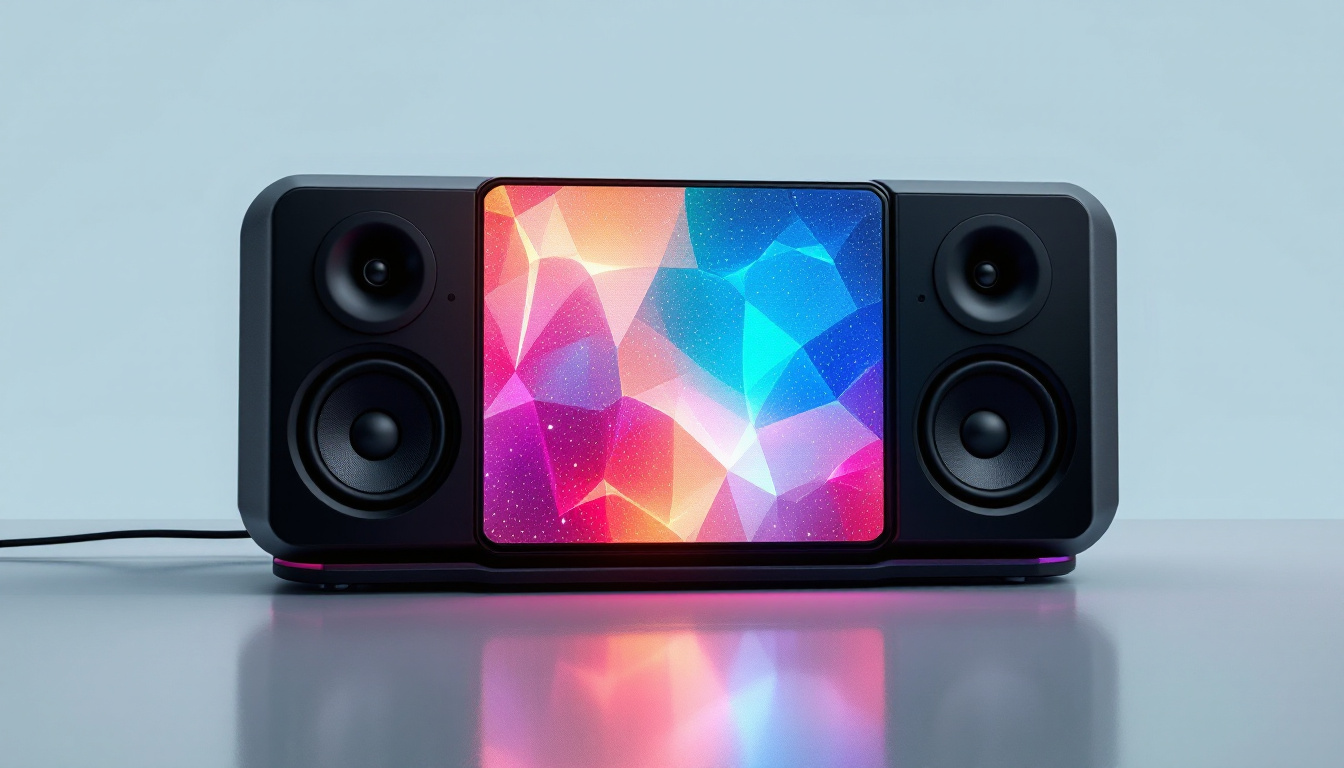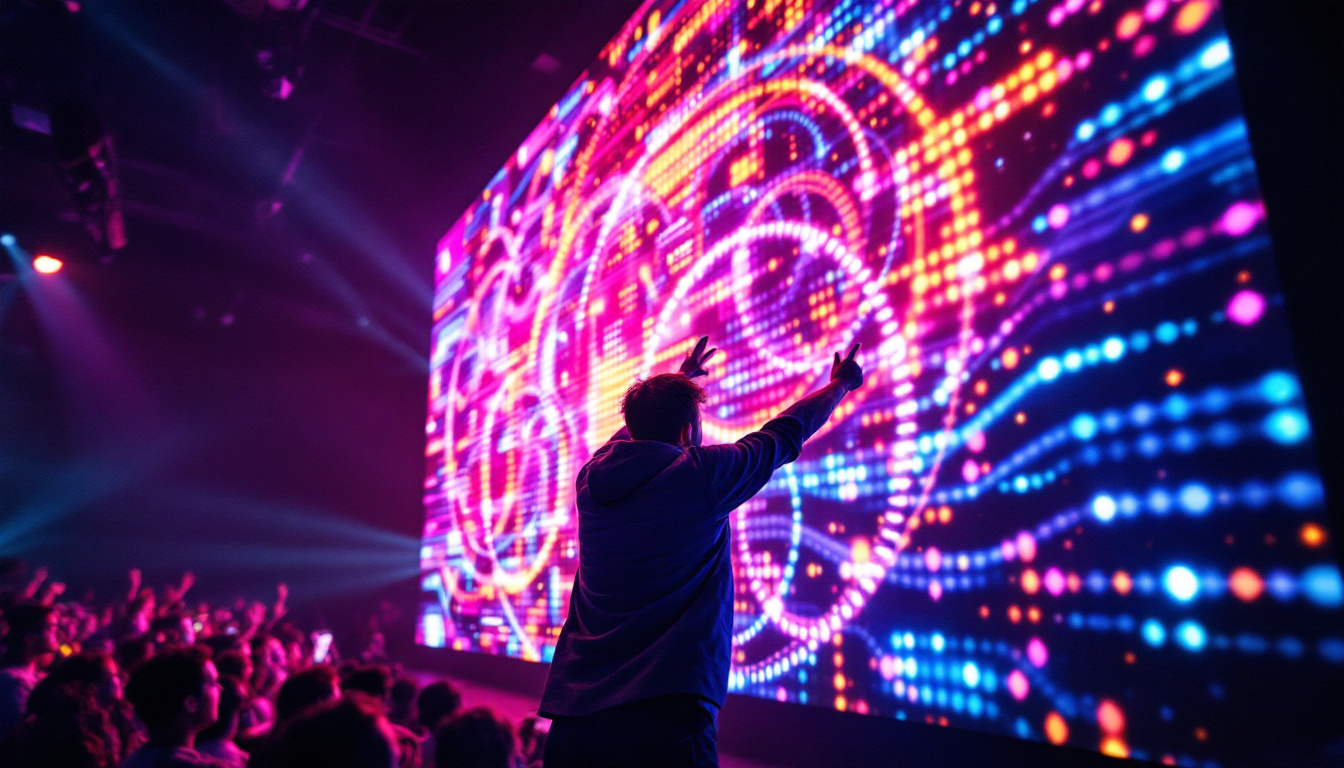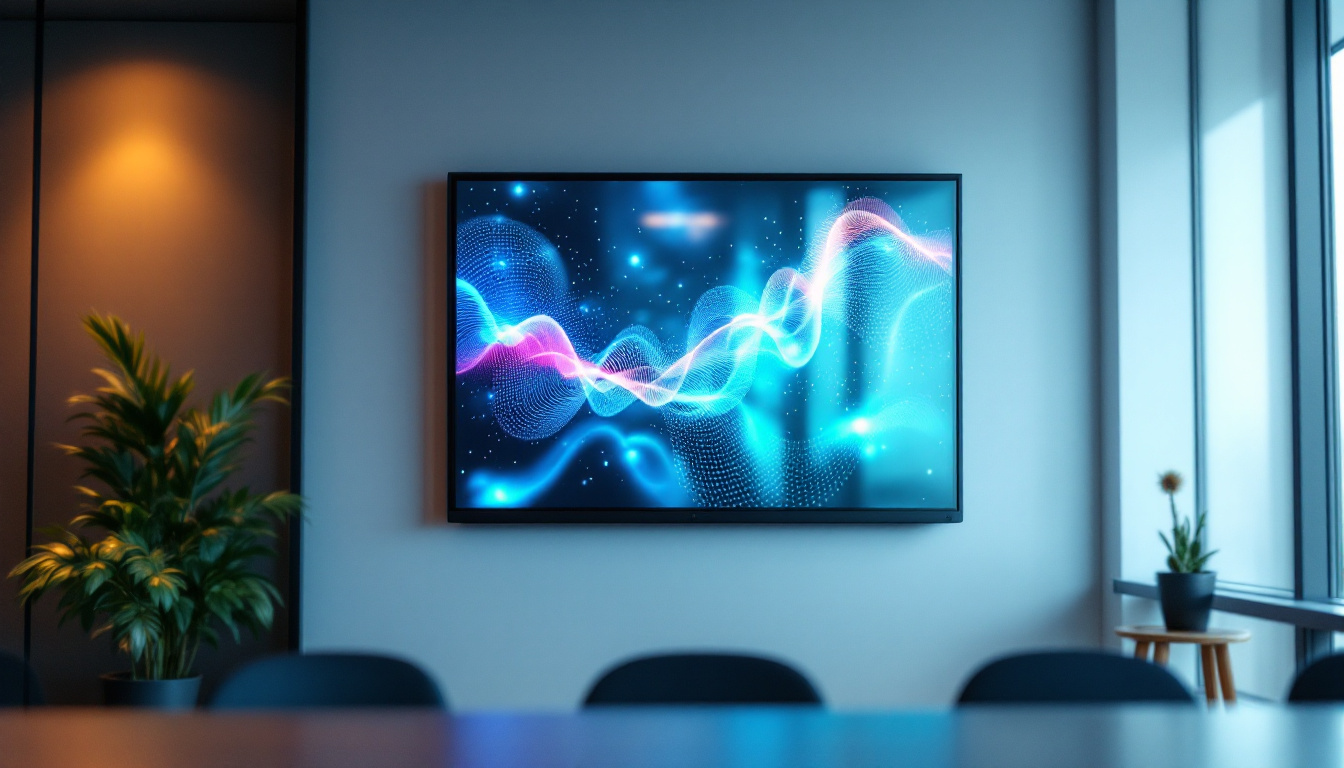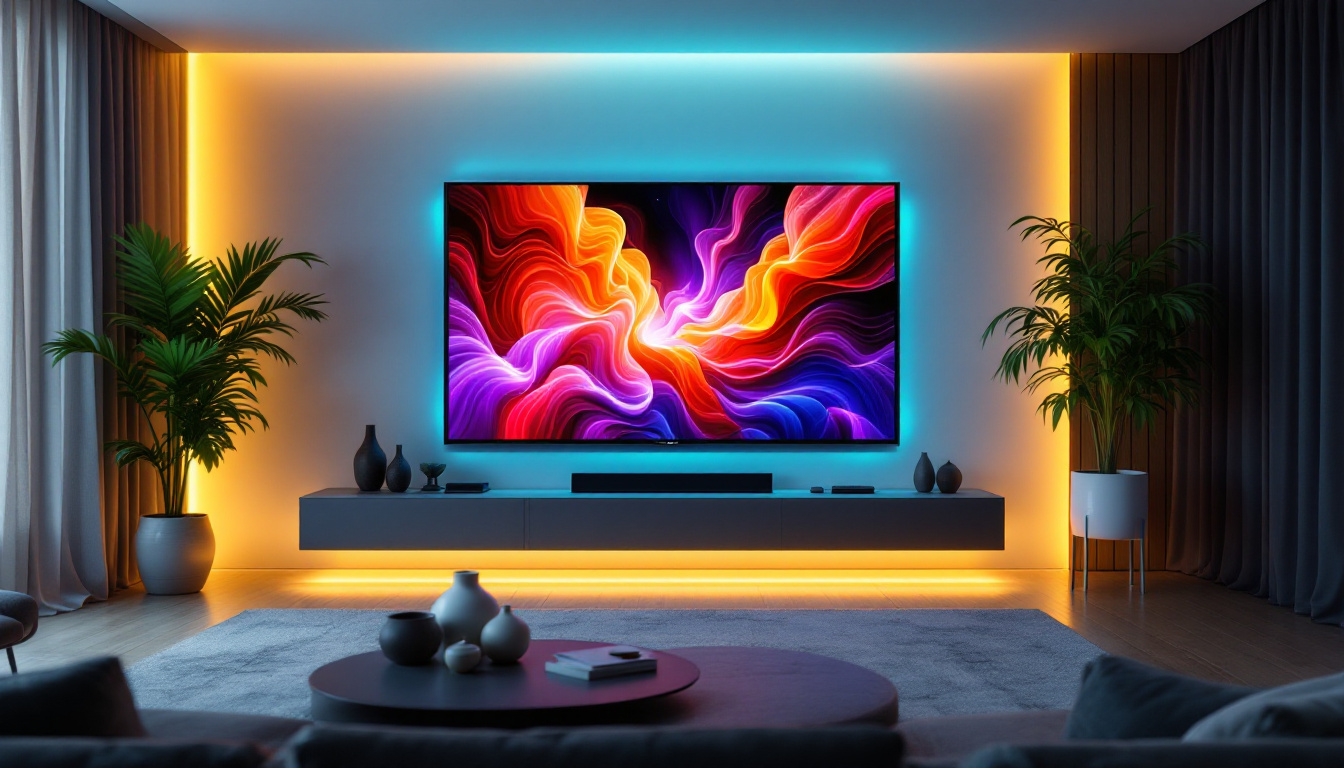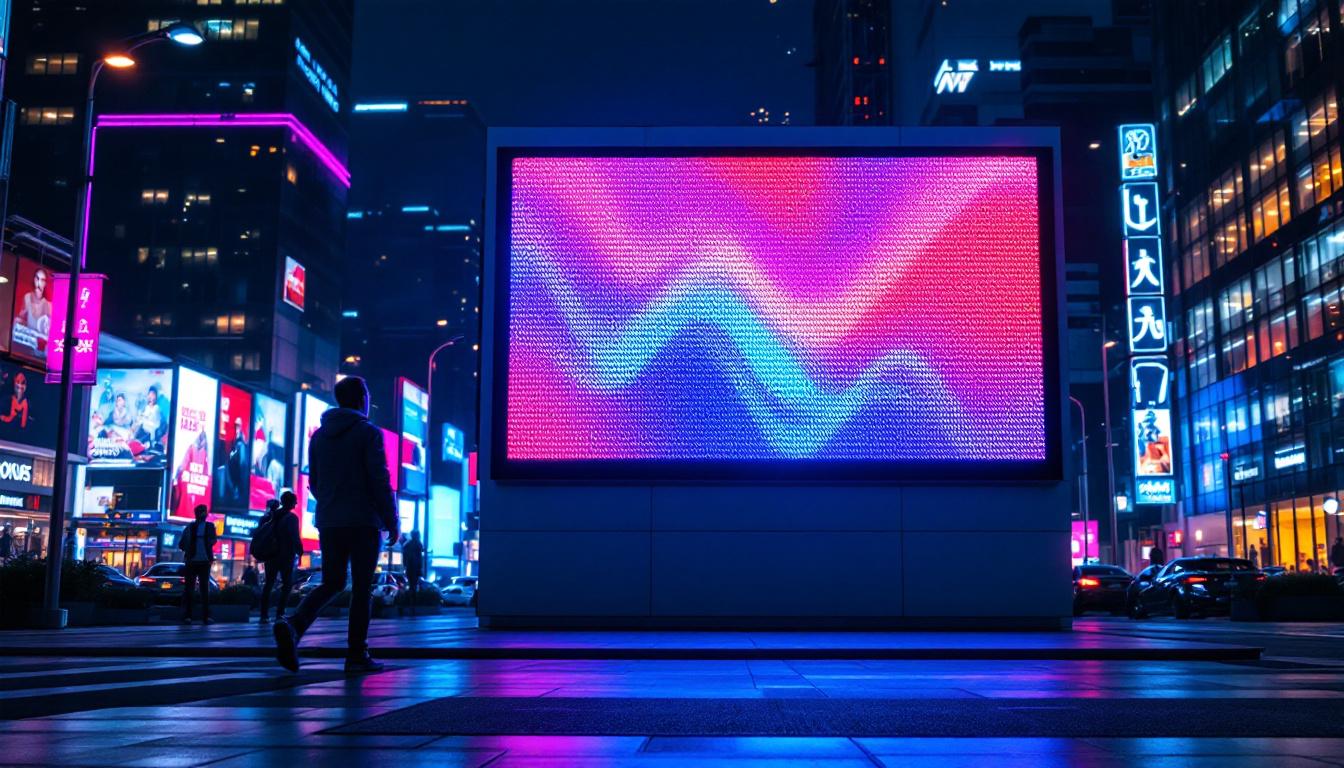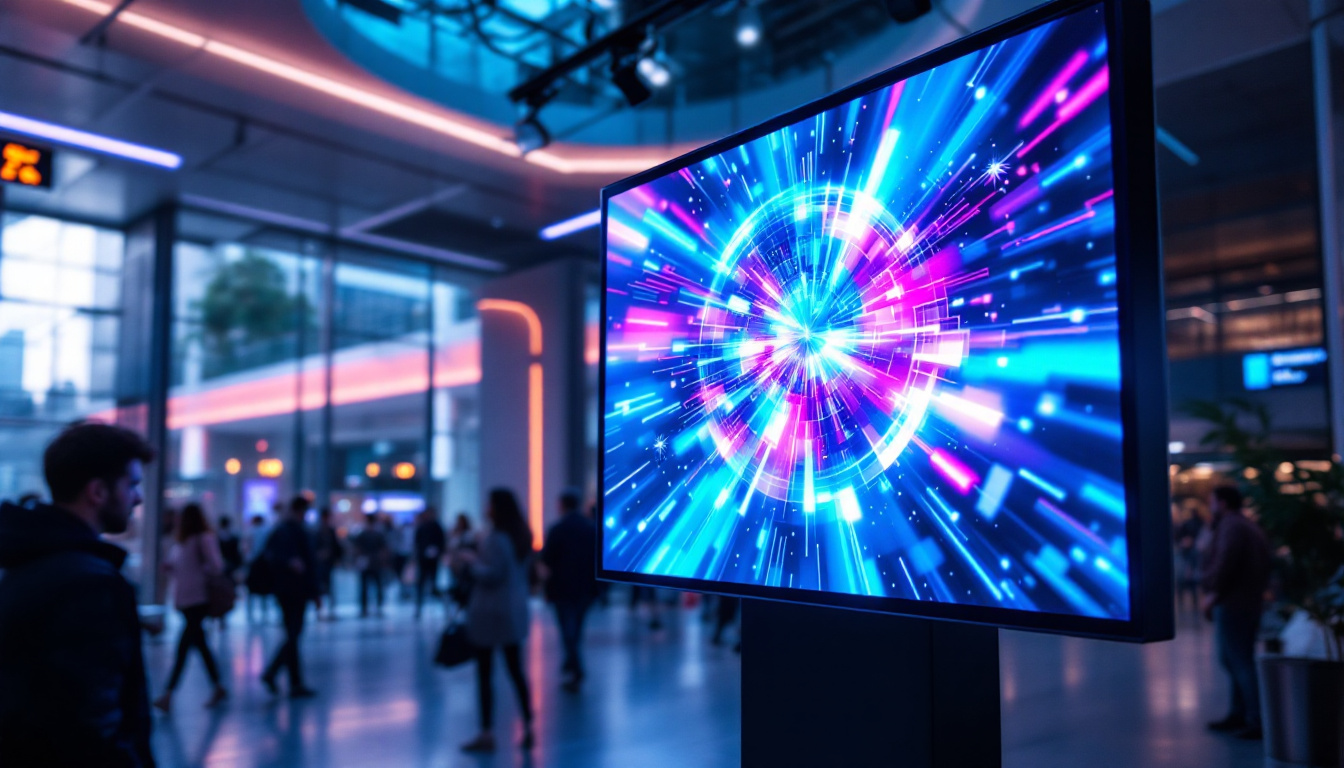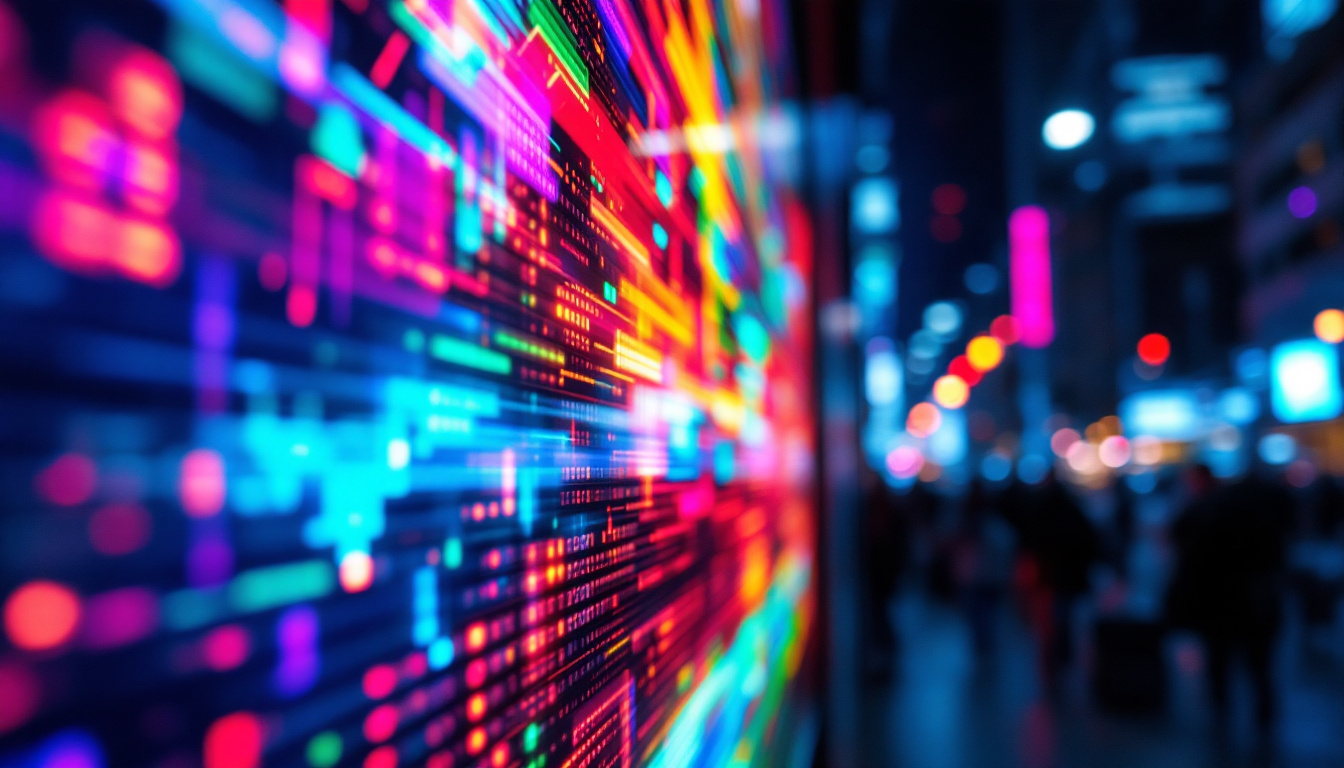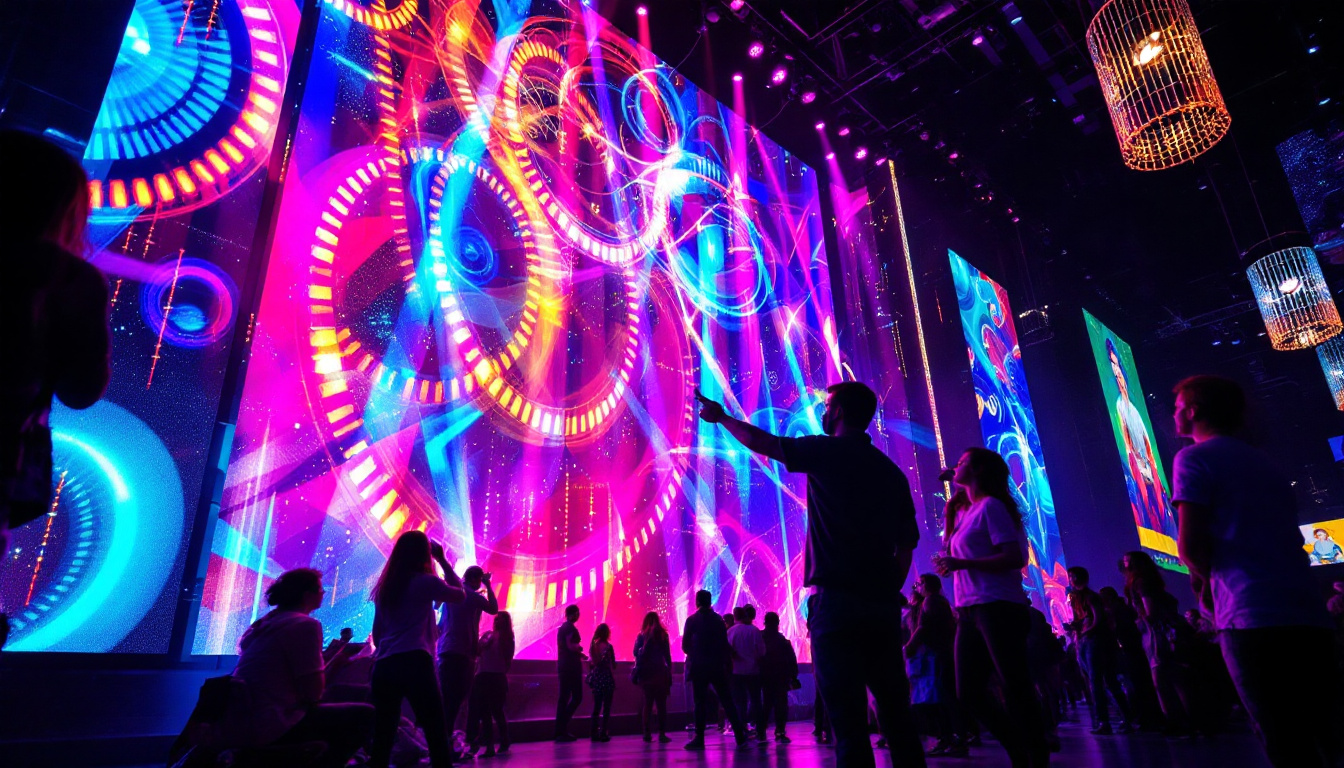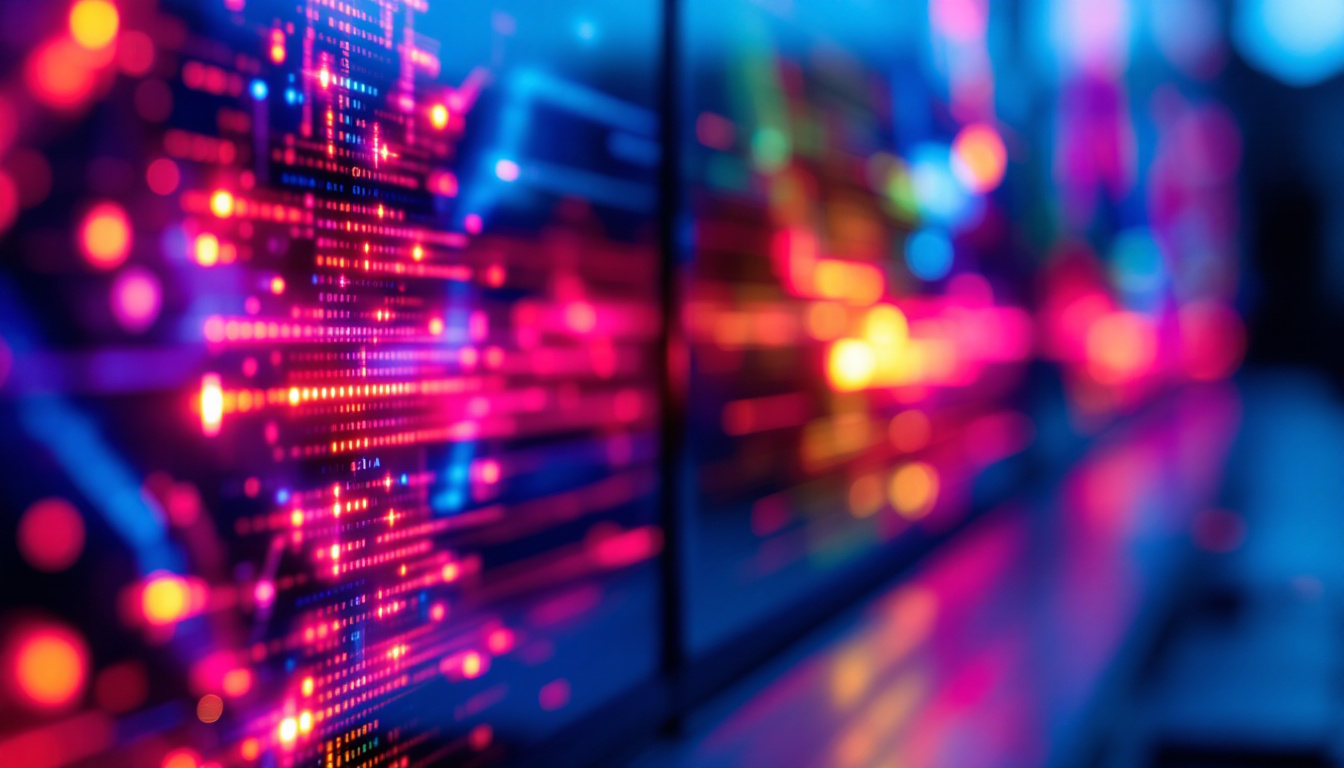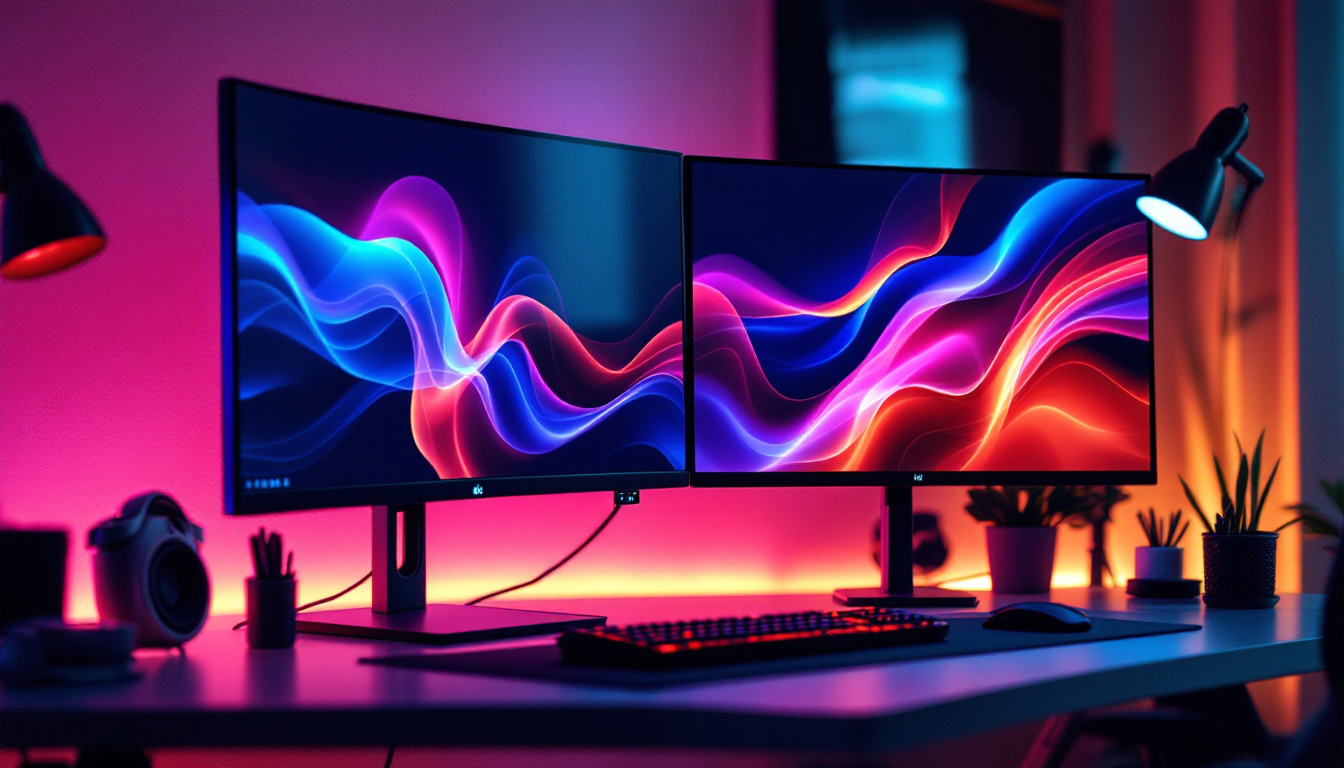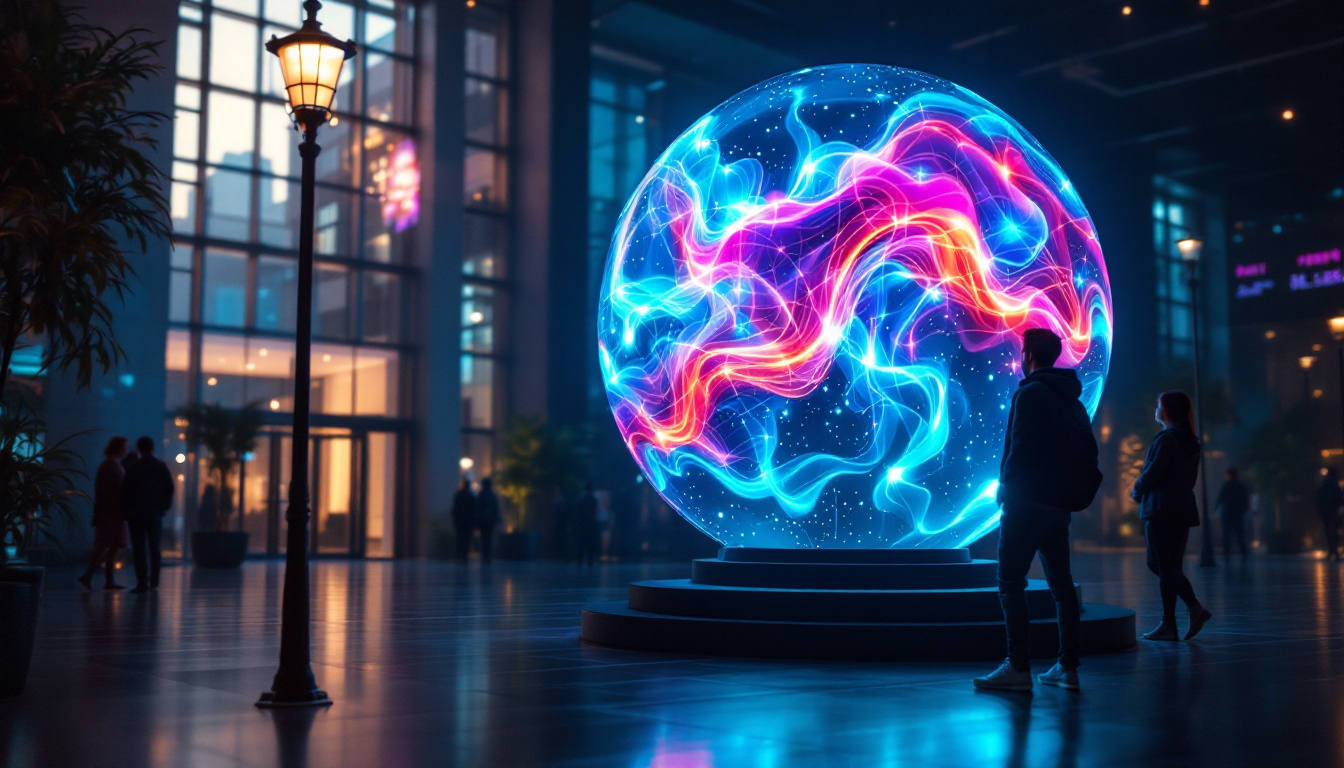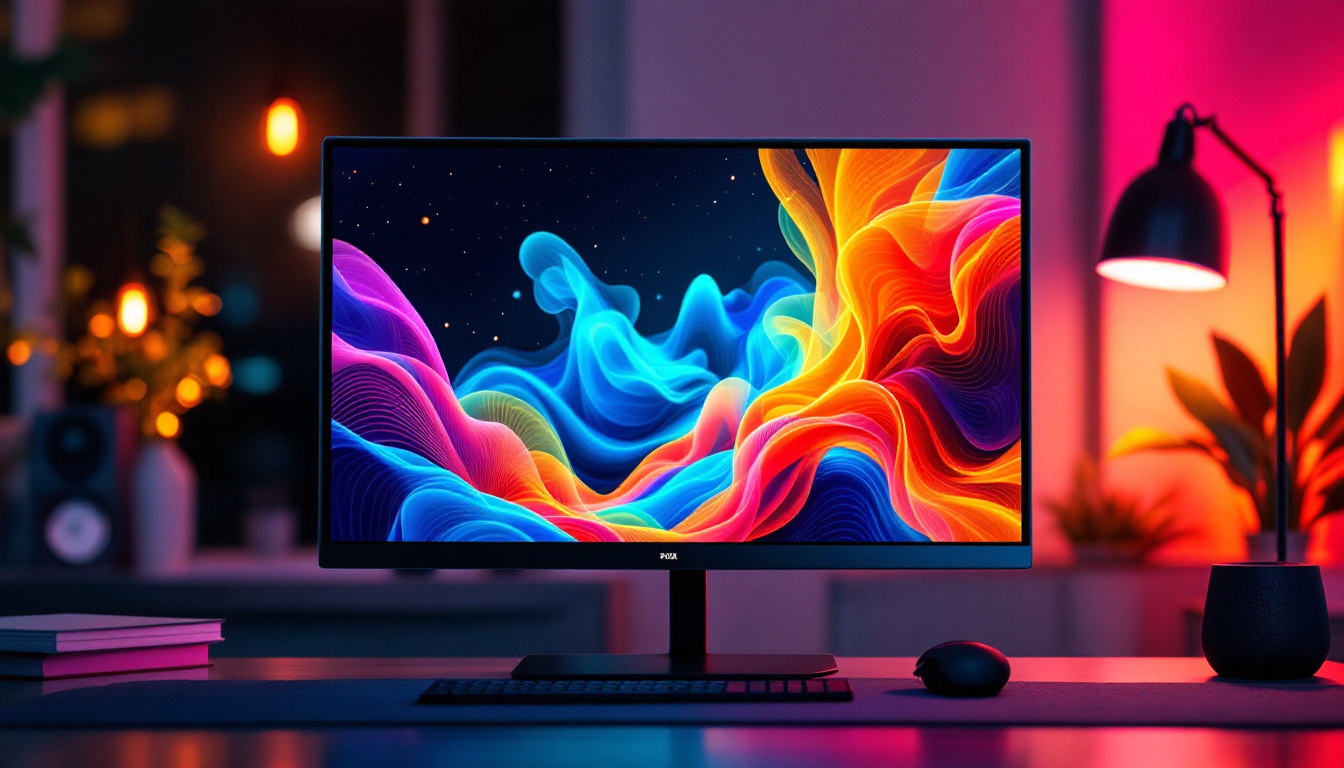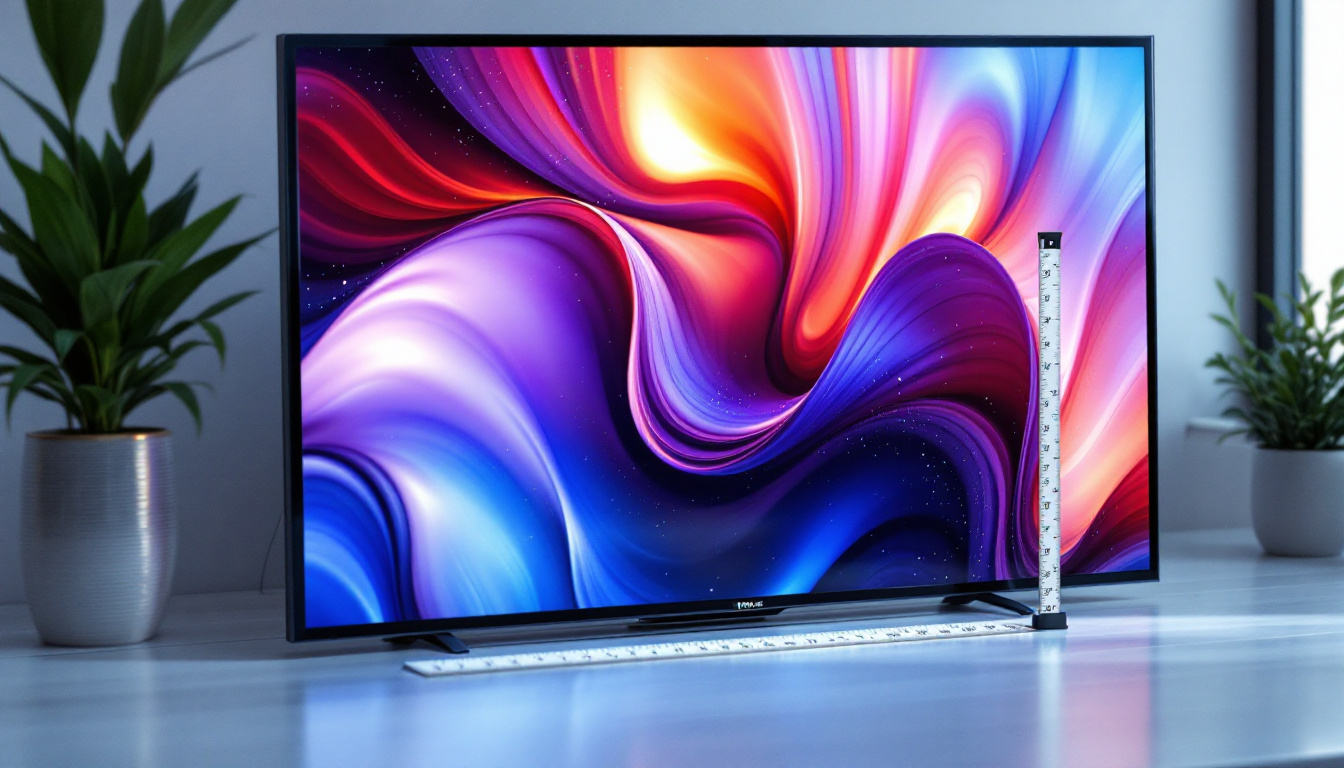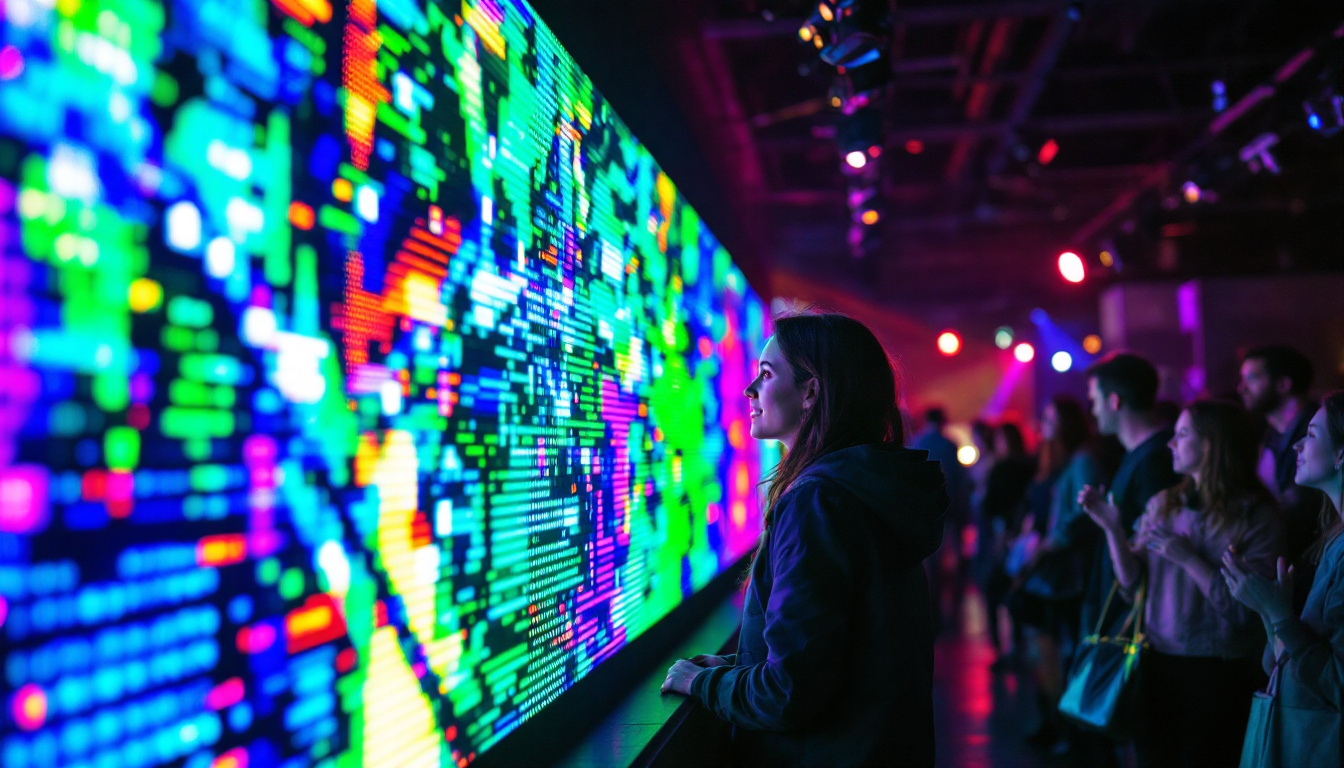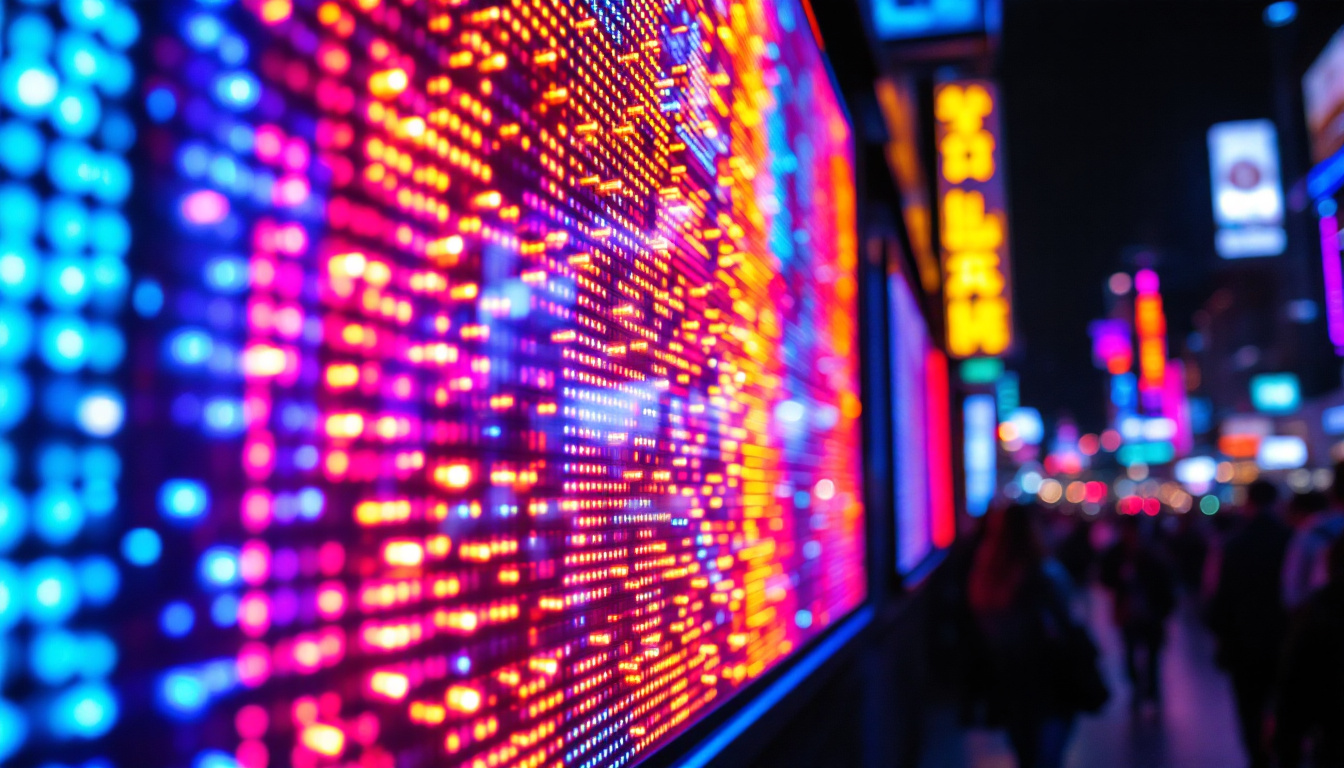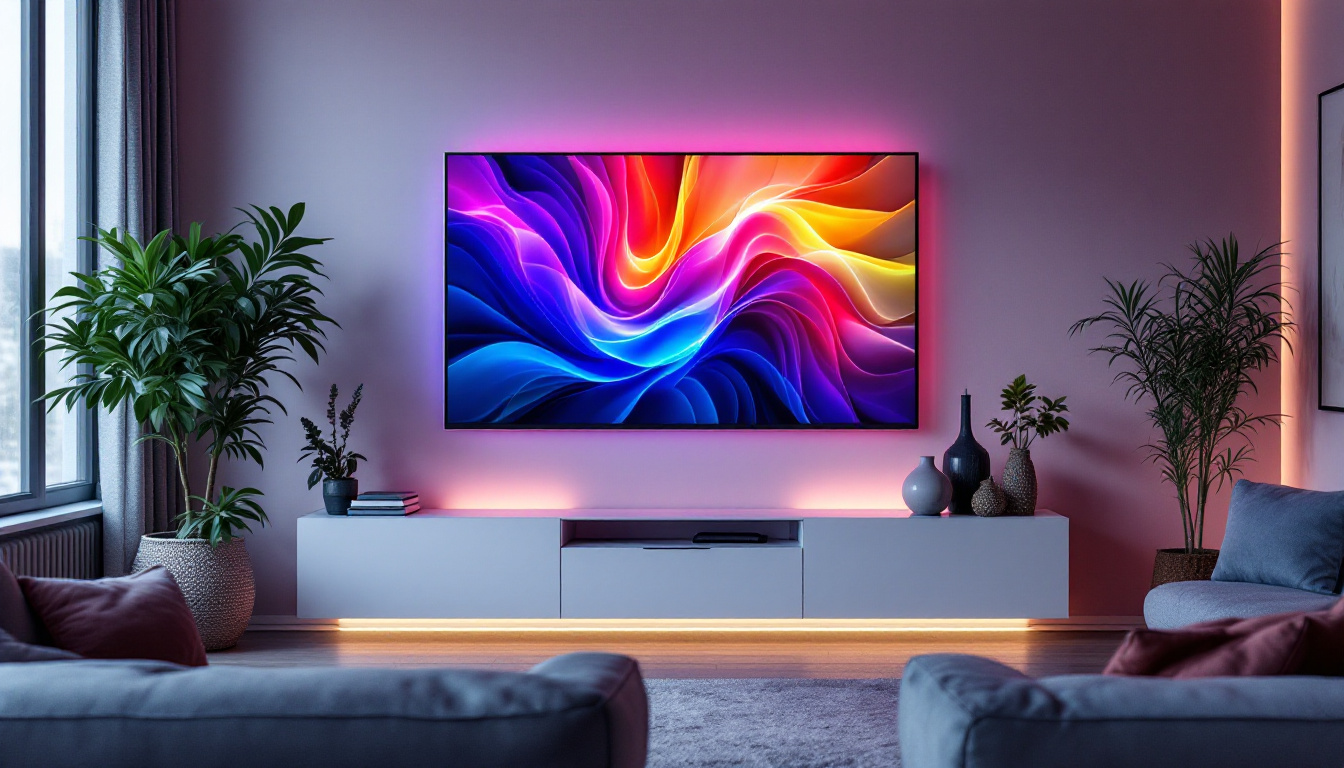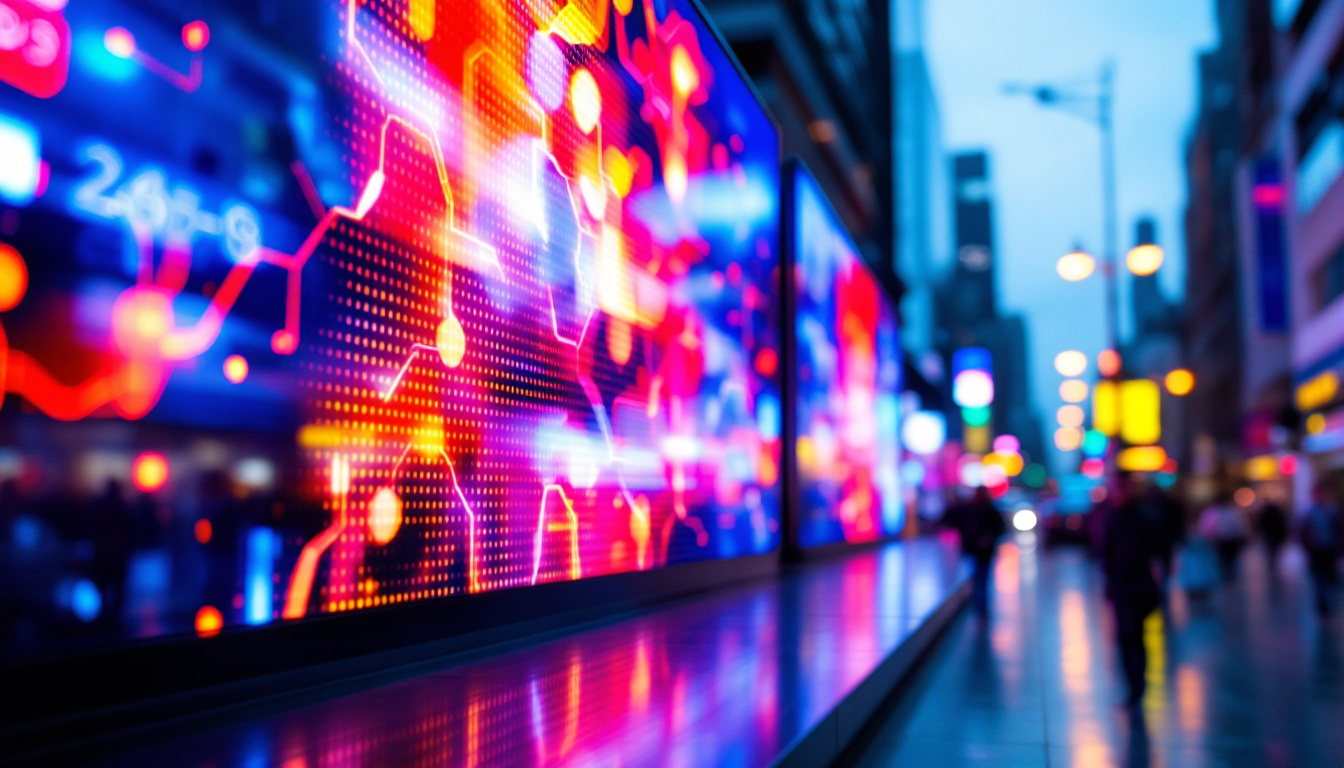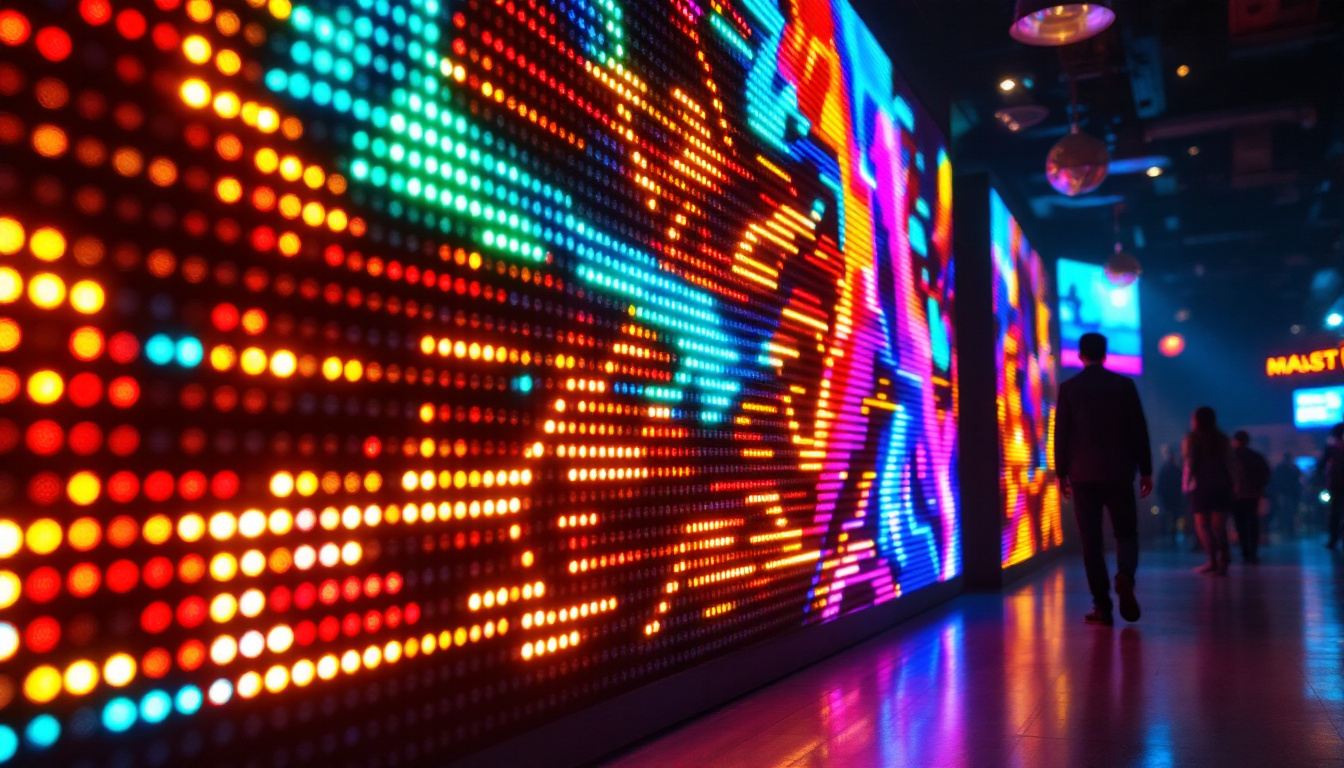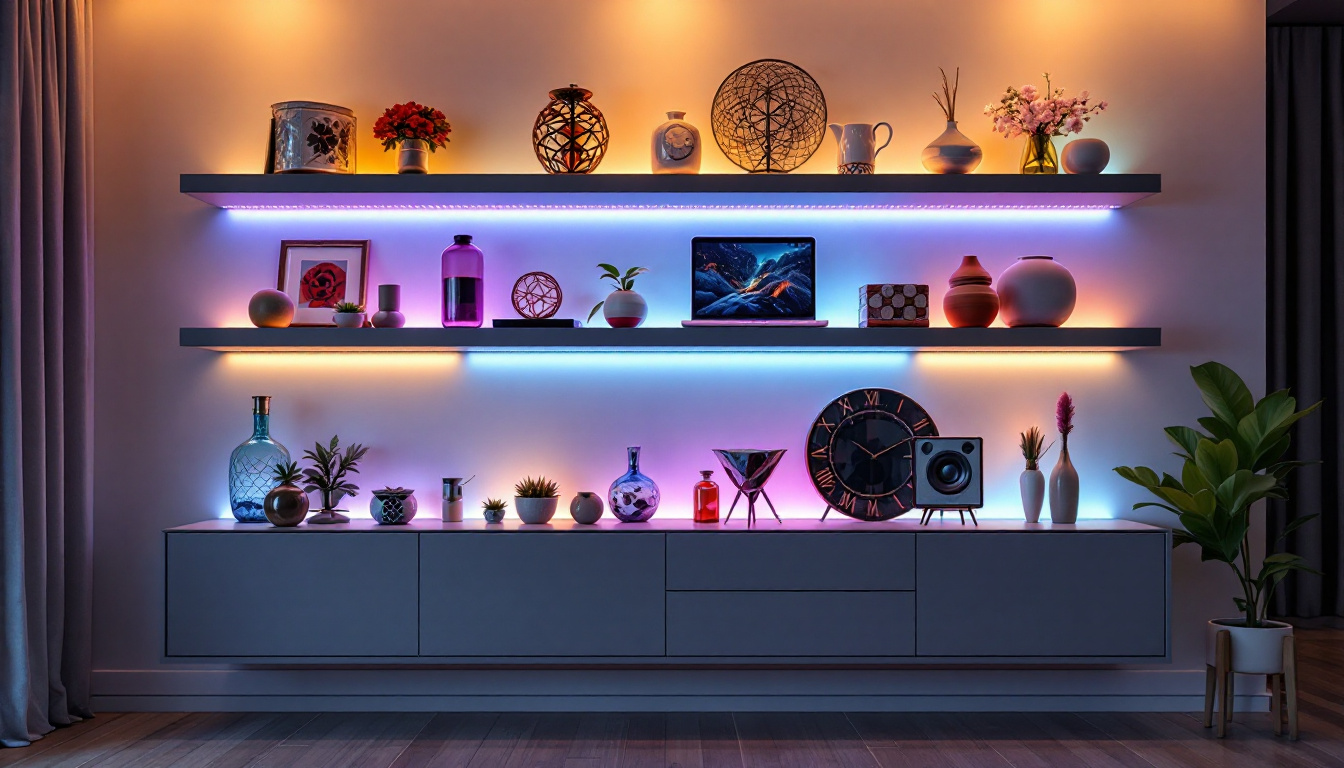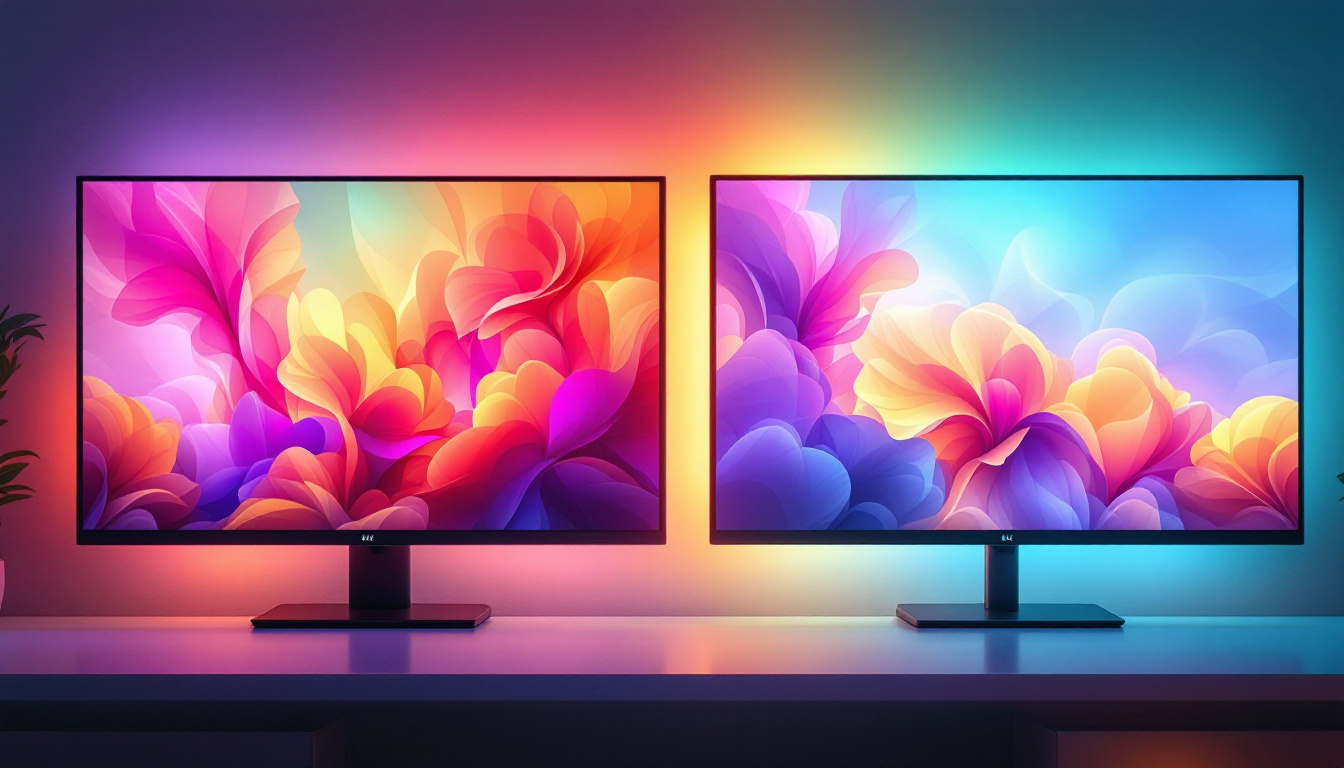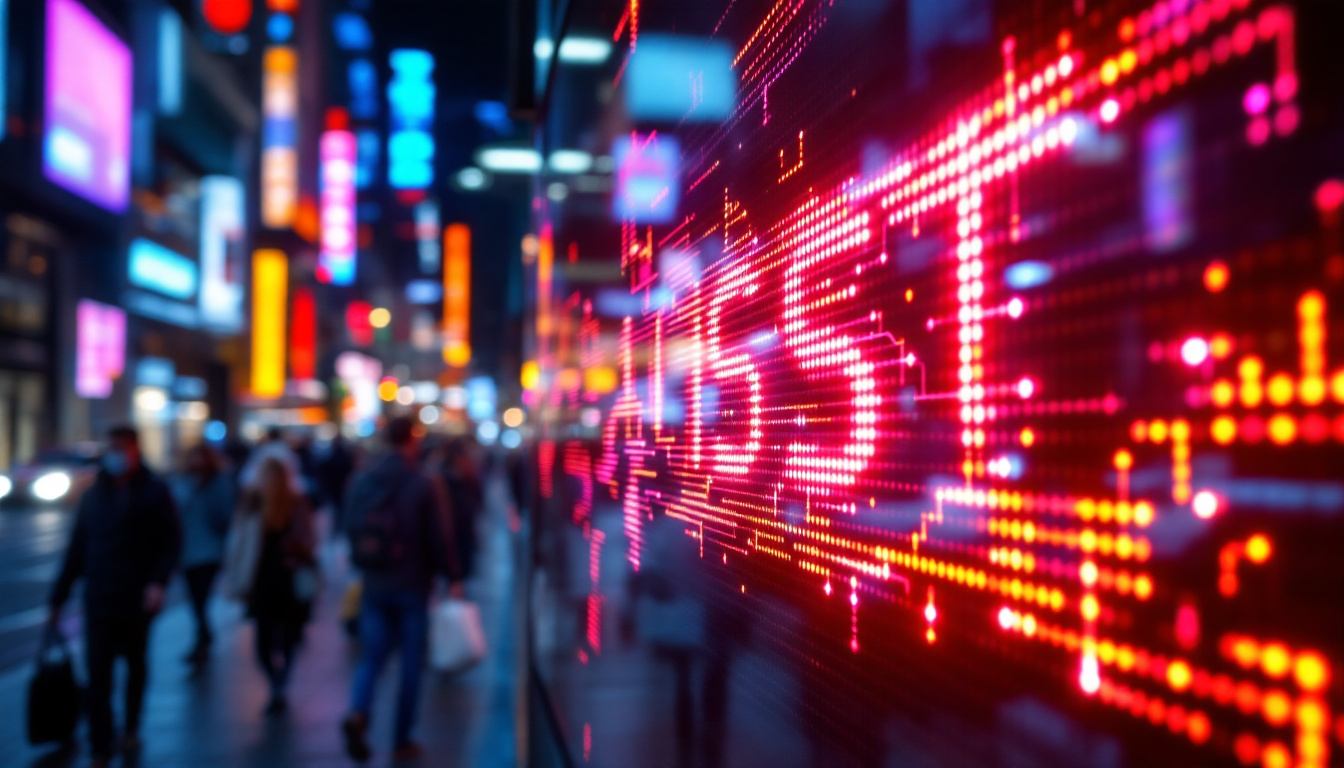In today’s fast-paced digital landscape, LED displays have emerged as a cornerstone of effective communication and advertising. From captivating billboards to dynamic indoor screens, these displays are transforming the way information is conveyed. This article delves into the intricacies of LED displays, their technology, applications, and the advantages they offer.
Understanding LED Display Technology
LED displays utilize light-emitting diodes (LEDs) to produce images and videos. Unlike traditional displays that rely on backlighting, LED technology allows for greater brightness, contrast, and energy efficiency. This section explores the fundamentals of LED technology and how it differs from other display types.
How LED Displays Work
At the core of LED displays are tiny semiconductor devices that emit light when an electric current passes through them. Each pixel in an LED display is made up of red, green, and blue (RGB) diodes. By varying the intensity of these colors, a wide spectrum of hues can be produced, allowing for vibrant and detailed images.
The arrangement of these pixels can vary, leading to different types of LED displays, such as direct view and backlit displays. Direct view LED displays are commonly used in large outdoor billboards, while backlit displays are often found in televisions and computer monitors. The technology behind these displays also enables rapid refresh rates, which is crucial for displaying fast-moving images without blurring, making them ideal for sports events and live broadcasts.
Types of LED Displays
LED displays come in various forms, each suited for specific applications. The most common types include:
- Indoor LED Displays: Typically used for advertising in malls, airports, and arenas, these displays offer high resolution and vibrant colors.
- Outdoor LED Displays: Designed to withstand environmental conditions, these displays are used for billboards and large signage, featuring high brightness levels for visibility in sunlight.
- Transparent LED Displays: These innovative displays allow for visibility through the screen while still showcasing content, making them ideal for retail environments.
In addition to these types, there are also flexible LED displays that can be bent or shaped to fit unique spaces, providing creative solutions for artistic installations and architectural designs. Furthermore, advancements in microLED technology are paving the way for even smaller, more efficient displays that promise to enhance the viewing experience with improved resolution and color accuracy. These developments are particularly exciting for applications in augmented reality (AR) and virtual reality (VR), where immersive visuals are paramount.
Moreover, the integration of smart technology with LED displays is transforming how content is delivered. Many modern LED displays come equipped with internet connectivity, allowing for real-time updates and dynamic content management. This capability is especially beneficial for advertising, where businesses can change their messages based on time of day, audience demographics, or even current events, ensuring that their advertisements remain relevant and engaging.
Applications of LED Displays
The versatility of LED displays has led to their widespread adoption across various sectors. From advertising to entertainment, their applications are as diverse as they are impactful. Below are some key areas where LED displays are making a significant difference.
Advertising and Marketing
In the realm of advertising, LED displays have revolutionized the way brands communicate with consumers. The ability to showcase dynamic content allows for engaging advertisements that can be updated in real-time. This flexibility enables businesses to tailor their messages based on audience demographics, time of day, or special events.
Moreover, the high visibility of outdoor LED displays attracts attention, making them an effective tool for driving foot traffic to retail locations. Brands can create immersive experiences that captivate audiences, fostering a deeper connection with their products.
Entertainment and Events
LED displays play a crucial role in the entertainment industry, particularly in concerts, sports events, and festivals. Large-scale LED screens provide audiences with an enhanced viewing experience, ensuring that even those seated far from the stage can enjoy the performance.
Additionally, LED technology is used in stage design, allowing for creative backdrops and lighting effects that can be synchronized with music and performances. This integration of technology and art creates a captivating atmosphere that elevates the overall experience.
Information and Wayfinding
In public spaces, LED displays serve as vital information hubs. Airports, train stations, and shopping malls utilize these displays to provide real-time updates on schedules, directions, and important announcements. The clarity and brightness of LED screens ensure that information is easily readable, even from a distance.
Furthermore, interactive LED displays can enhance wayfinding experiences, allowing users to navigate complex environments with ease. Touchscreen capabilities enable users to access maps and services, improving overall efficiency in busy locations.
Advantages of LED Displays
The growing popularity of LED displays can be attributed to their numerous advantages over traditional display technologies. Understanding these benefits can help businesses and organizations make informed decisions about their visual communication strategies.
Energy Efficiency
One of the standout features of LED displays is their energy efficiency. Compared to traditional lighting technologies, LED displays consume significantly less power, resulting in lower energy bills and a reduced carbon footprint. This efficiency is particularly beneficial for businesses that operate large displays continuously.
Moreover, advancements in LED technology have led to even greater energy savings. Newer models are designed to automatically adjust brightness levels based on ambient light, further optimizing energy consumption.
Longevity and Durability
LED displays are built to last. With a lifespan that can exceed 100,000 hours, they require less frequent replacements compared to other display types. This longevity not only reduces maintenance costs but also minimizes the environmental impact associated with disposal.
Additionally, outdoor LED displays are engineered to withstand harsh weather conditions, including rain, snow, and extreme temperatures. This durability ensures that they remain operational in various environments, providing reliable performance over time.
High-Quality Visuals
LED displays are renowned for their superior visual quality. With high brightness levels, exceptional contrast ratios, and vibrant colors, they deliver stunning images that capture attention. This quality is particularly important in advertising and entertainment, where visual impact is paramount.
Furthermore, advancements in pixel pitch technology have enabled the creation of high-resolution displays that produce crisp and clear images, even up close. This level of detail enhances viewer engagement and creates a more immersive experience.
Challenges and Considerations
While LED displays offer numerous benefits, there are also challenges and considerations that organizations must address when implementing this technology. Understanding these factors can help ensure successful deployment and operation.
Initial Investment
The initial cost of purchasing and installing LED displays can be significant. While prices have decreased over the years, high-quality displays still represent a substantial investment for businesses. Organizations must carefully evaluate their budgets and determine the potential return on investment (ROI) before proceeding.
However, it is essential to consider the long-term savings associated with energy efficiency and reduced maintenance costs. Over time, these savings can offset the initial expenditure, making LED displays a financially viable option.
Content Management
Effective content management is crucial for maximizing the impact of LED displays. Organizations must develop a strategy for creating, scheduling, and updating content to ensure that it remains relevant and engaging. This may require dedicated personnel or software solutions to streamline the process.
Additionally, it is essential to consider the target audience when designing content. Tailoring messages to specific demographics can enhance engagement and drive desired outcomes, whether that be increased sales or improved information dissemination.
Future Trends in LED Display Technology
The LED display industry is continually evolving, with new technologies and trends emerging regularly. Staying informed about these developments can help businesses remain competitive and leverage the latest innovations. Here are some trends to watch in the coming years.
Advancements in MicroLED Technology
MicroLED technology represents a significant advancement in display technology. By utilizing microscopic LEDs, displays can achieve higher resolutions and improved color accuracy. This technology has the potential to revolutionize various applications, from consumer electronics to large-scale displays.
As MicroLED technology matures, it is expected to become more accessible and affordable, opening up new possibilities for businesses seeking to enhance their visual communication strategies.
Integration with Augmented Reality (AR)
The integration of LED displays with augmented reality (AR) is poised to create immersive experiences that blur the lines between the digital and physical worlds. This technology can enhance advertising, entertainment, and even educational applications by overlaying digital content onto real-world environments.
As AR technology continues to evolve, the potential for innovative applications in conjunction with LED displays will expand, offering new avenues for engagement and interaction.
Smart Display Solutions
The rise of the Internet of Things (IoT) is influencing the development of smart display solutions. LED displays equipped with sensors and connectivity features can collect data on viewer interactions and environmental conditions, enabling businesses to optimize content delivery and improve user experiences.
This data-driven approach allows organizations to make informed decisions about content strategy and display placement, ultimately enhancing the effectiveness of their visual communication efforts.
Conclusion
LED displays have become an integral part of modern communication, offering unparalleled advantages in terms of visual impact, energy efficiency, and versatility. As technology continues to advance, the potential applications and benefits of LED displays will only grow.
For businesses and organizations looking to enhance their communication strategies, investing in LED display technology presents a compelling opportunity. By understanding the fundamentals of LED displays, their applications, and the challenges involved, stakeholders can make informed decisions that drive success in an increasingly digital world.
As the landscape of visual communication evolves, embracing LED technology will be essential for staying ahead of the curve and effectively engaging audiences in the years to come.
Explore Cutting-Edge LED Display Solutions with LumenMatrix
As you consider the future of your visual communication strategy, LumenMatrix stands ready to elevate your brand’s presence. Our commitment to innovation in LED display technology ensures that your message is not just seen, but truly experienced. From Indoor and Outdoor LED Wall Displays to specialized solutions like Vehicle, Sports, and Floor LED Displays, we offer a comprehensive range of products designed to captivate and engage your audience. Embrace the revolution in digital signage with our Custom, All-in-One, and Transparent LED Displays. Discover how LumenMatrix can transform your visual communication by visiting LumenMatrix LED Display Solutions.

